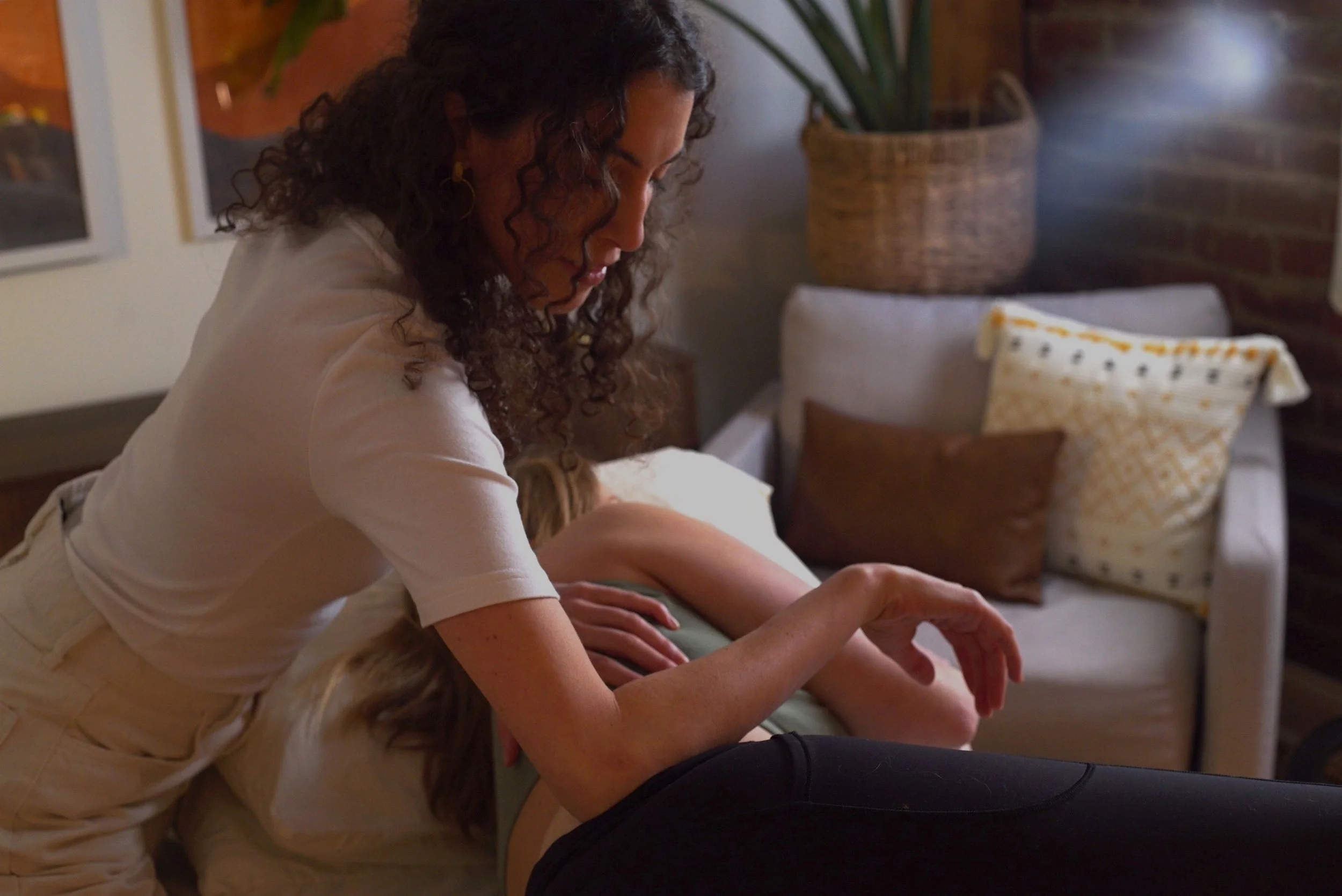
Just as the tires on your car start to wear out when your wheels are out of alignment, imbalances in your body can lead to aches and pains. Rolfing® is not unlike taking your body in for an alignment check.
What is Rolfing® Structural Integration?
Rolfing® Structural Integration is a system of soft tissue manipulation and movement education that looks to balance, align, and smooth out movement patterns in our bodies, restoring the pep in your step. The primary focus of Rolfing is working with fascia. Fascia is a system of connective tissue that runs throughout our bodies, like flexible scaffolding, giving our cells, muscles, bones and organs elastic support. When everything is going smoothly, fascia glides along with your movements. Fascia is intricately tied into your nervous system and ubiquitous throughout your body, so it can be affected by many things, including strain or injury in one part of the body, emotional stress, aging, inflammation, hereditary diseases and so on. This also means in many cases, working with fascia can feel profound and have far reaching effects
-
Rolfing is done on a massage table and sometimes sitting up on a bench. You will shift positions several times in a session to allow better access to the area being worked. Rolfers work with their hands and forearms, often in long slow deep strokes or sustained pressure, lengthening and freeing restrictions in the connective tissue. You may also be asked to make specific movements to see where we need to work, activate muscles that are inhibited, or to retrain your movement patterns.
Rolfing sessions about 75 minutes, including an intake and an initial postural assessment.
It’s normal to be a little sore or tired after each session. Try to take it easy. A leisurely walk is a great way to cement your new found sense of coordination.
-
At moments Rolfing can feel like a light burning sensation or a deep pressure. People generally report feeling a deep release after such sensations pass. Rest assured you always have control of the level of pressure used. It is slow moving work, so it tends to be pretty calming to the nervous system even on people sensitive to touch. In certain cases, deeper work is not recommended and the pressure will be much lighter.
-
Rolfing has a reputation of creating changes that hold. This is greatly due to the whole body series of 10 sessions that Rolfing traditionally follows. However, the number, frequency, and spacing of treatments depends on your personal needs and goals, which we can discuss together.
-
The 10 Series is a thoughtfully organized way to make sure that we work on every area and functional movement requirement of your body. Can you twist, can you bend, can you walk smoothly? What we work on differs slightly person to person, depending on where you have restrictions, but you can read about the general map of where and when we work here.
-
The most important thing regarding what to wear during is a session is that you are comfortable. Some people are comfortable in their underwear. Other options are workout gear like shorts and exercise bra, bathing suits, or what you might wear to a yoga class (though the thick spandex is one material that is very difficult to work through).
Hello
I am a Certified Advanced Rolfer with 12 years of experience, now based in Richmond, Virginia. For more than a decade I have been a member of Thrive Integrative Medicine, an integrative medical practice in Athens, Georgia. There I’ve had the pleasure of collaborating with acupuncturists, chiropractors, physical therapists and local health professionals. In my practice I address a wide range of needs, from repetitive strain/injury recovery, post-surgical rehabilitation, graceful aging, prenatal and postpartum support, and simply helping you feel more comfortable.
I hold a BS in Applied Psychology from NYU and originally practiced Rolfing alongside social work. Rolfing is a beautiful melding of my two passions, human experience (stories) and pattern recognition (how those stories settle in your body). In my practice I strive to help you become adaptable and resilient so you can thrive in your daily activities. Nothing makes me happier than seeing you return to what you love with a sense of ease.
I’m excited to work with you and help you feel better!
Warmly,
Leah



